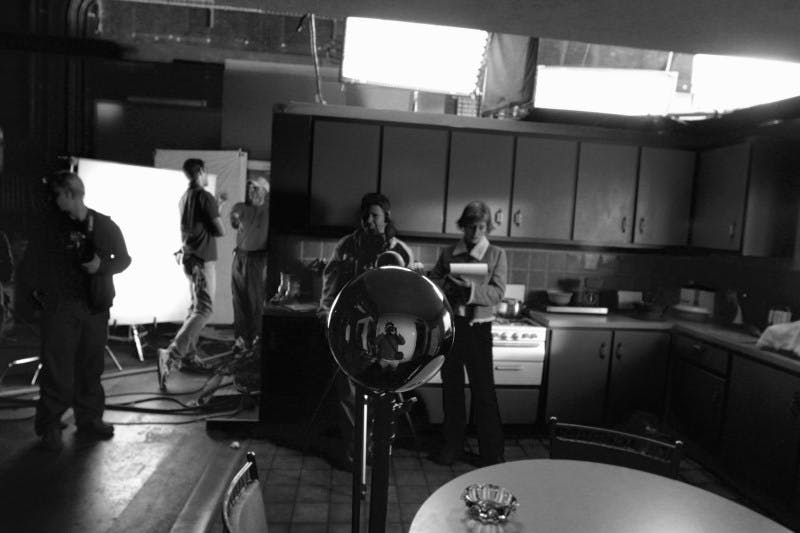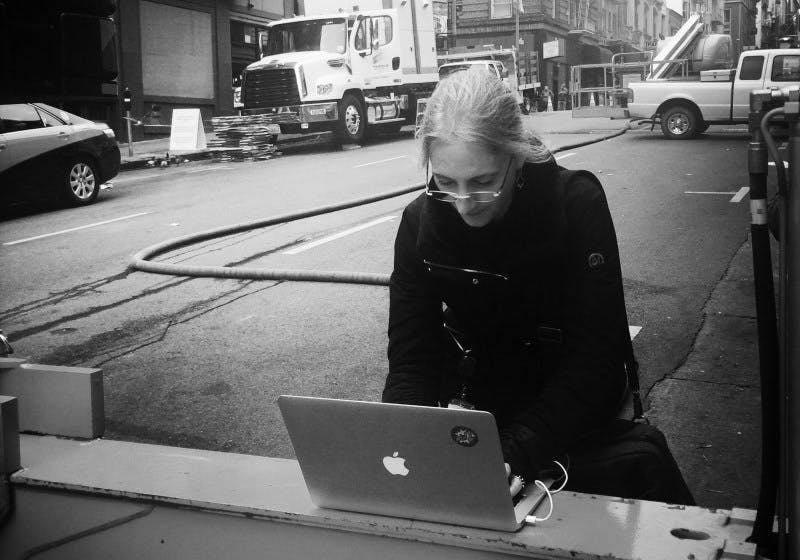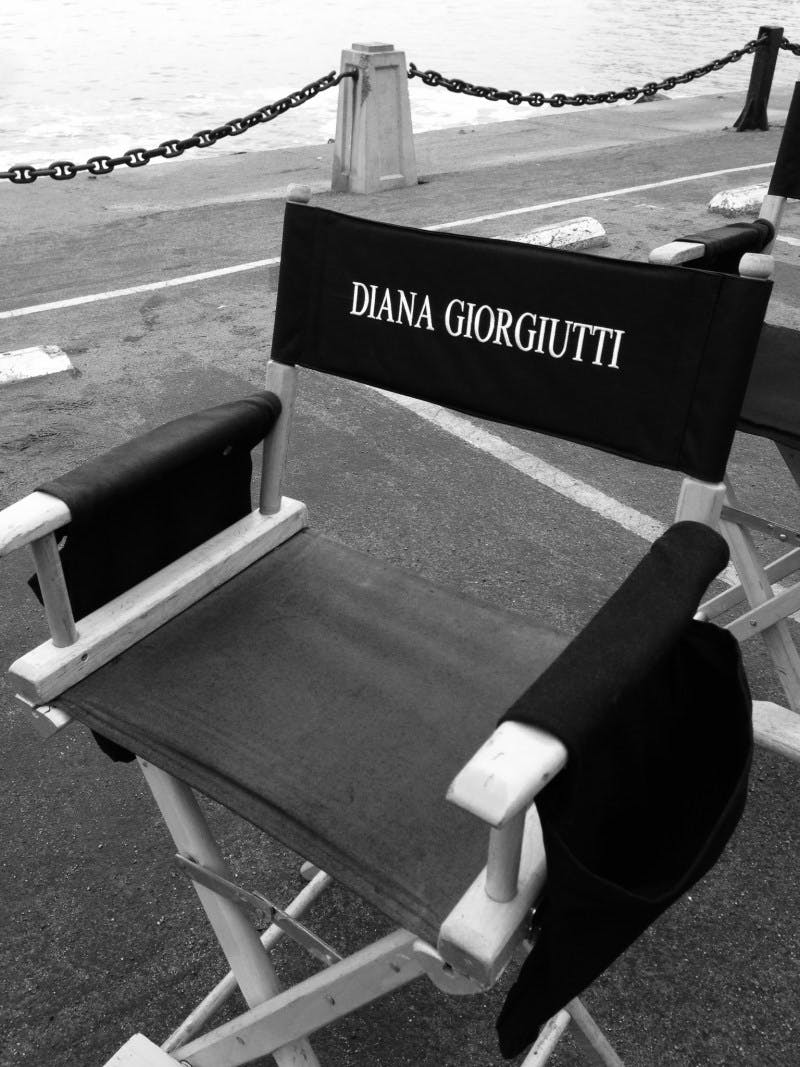ABOVE: Night shooting in the Australian desert on ‘Australia’. Di was about to leave the VFX cave to go back to set and the only way around was via head lamp lighting...
We sat down with Di Giorgiutti, Executive Producer of Features, to talk a little bit about her role at Luma and how she got her start in the VFX industry. She joined us from Marvel in 2015, and has been an industry heavy hitter, working on films such as The Matrix, Australia and Ant-Man to name a few. Di opens up about how she got her start, insider industry info, and her Hollywood crush.
Tell us how you got started and a bit about your background?
It was the first Star Wars film in 1977 that kicked me off on my path to work on films. I walked out of a local cinema in Sydney, miles from the hub of movie making, and said to my sister “I’ve got to do that, work on films like this!”
I completed high school, but back then there were no film/tv courses so I got a job as a PA for a small production company. It was being a PA that allowed me to see all facets of production and that’s where I decided that being an editor’s assistant was what most interested me at the time. It was still very analog in those days, so quite technical in terms of operating the big pieces of equipment – tape machines the size of refrigerators, patch panel walls connecting all the machines to telecine and edit bays, etc.
Being in the editorial/post production environment led to an added interest in telecine and the process back then of taking film and color-grading it to tape for editing and post purposes. During this time I covered a lot of projects including pop videos, commercials, and the highlight – working on the first Babe: The Gallant Pig film.




